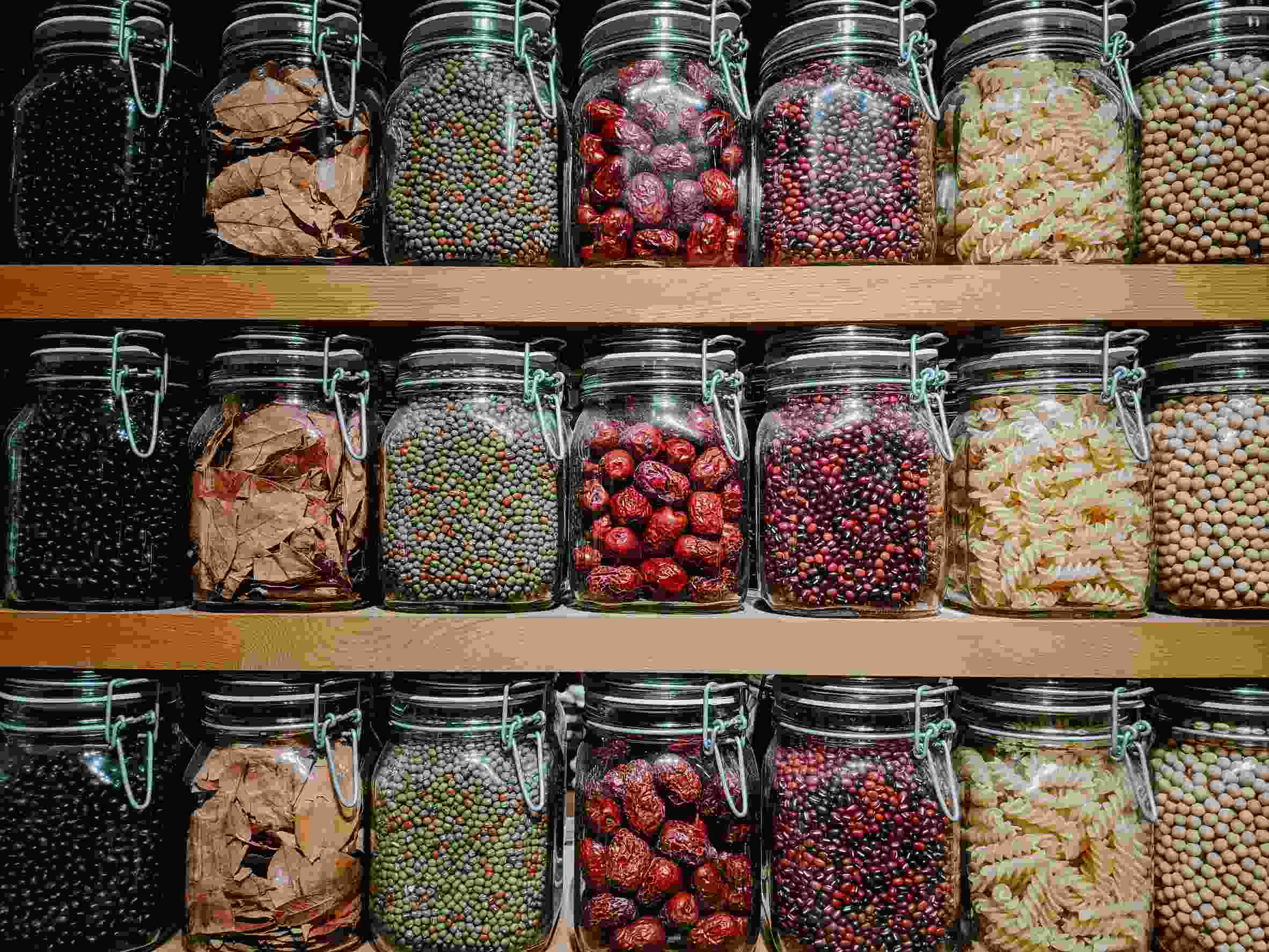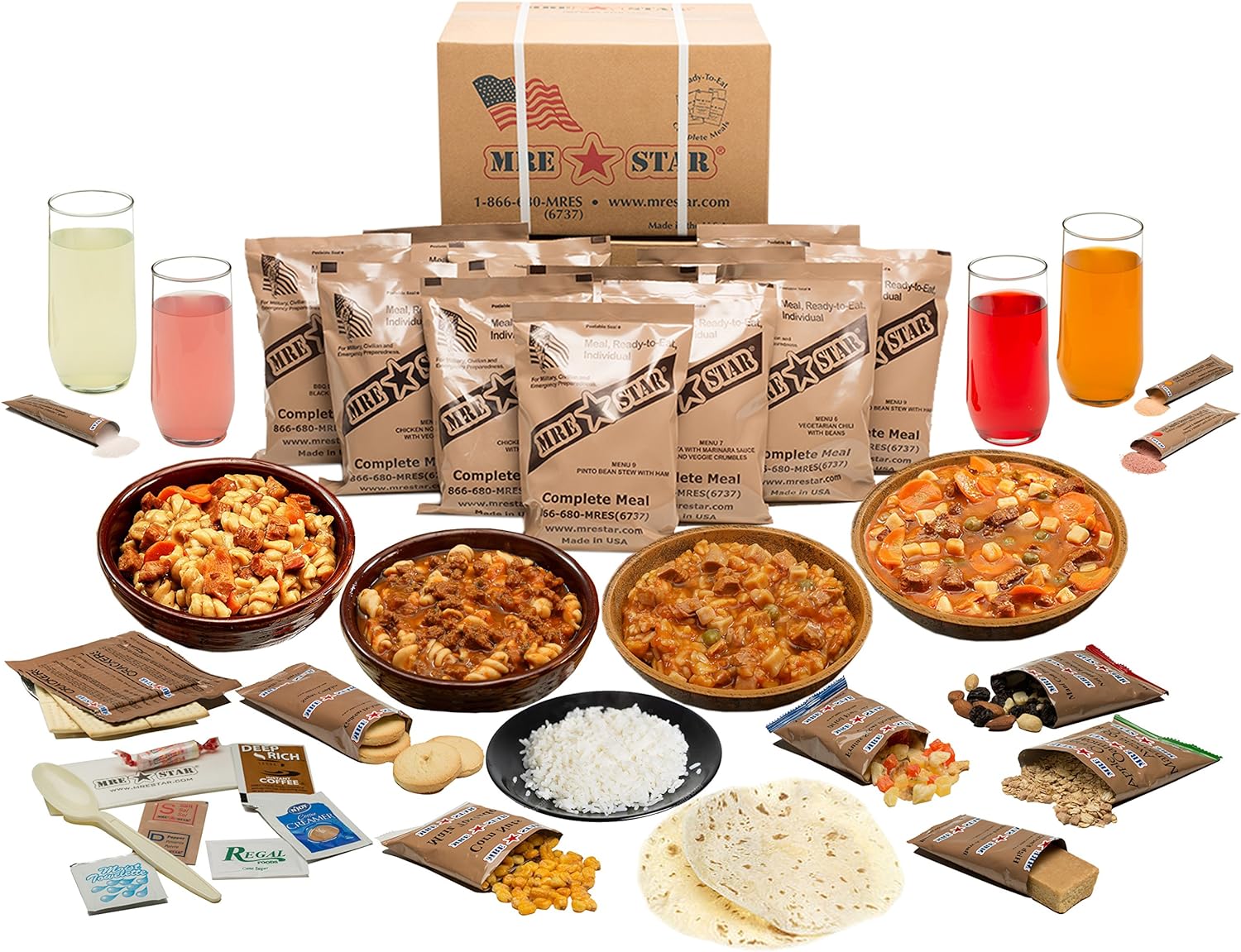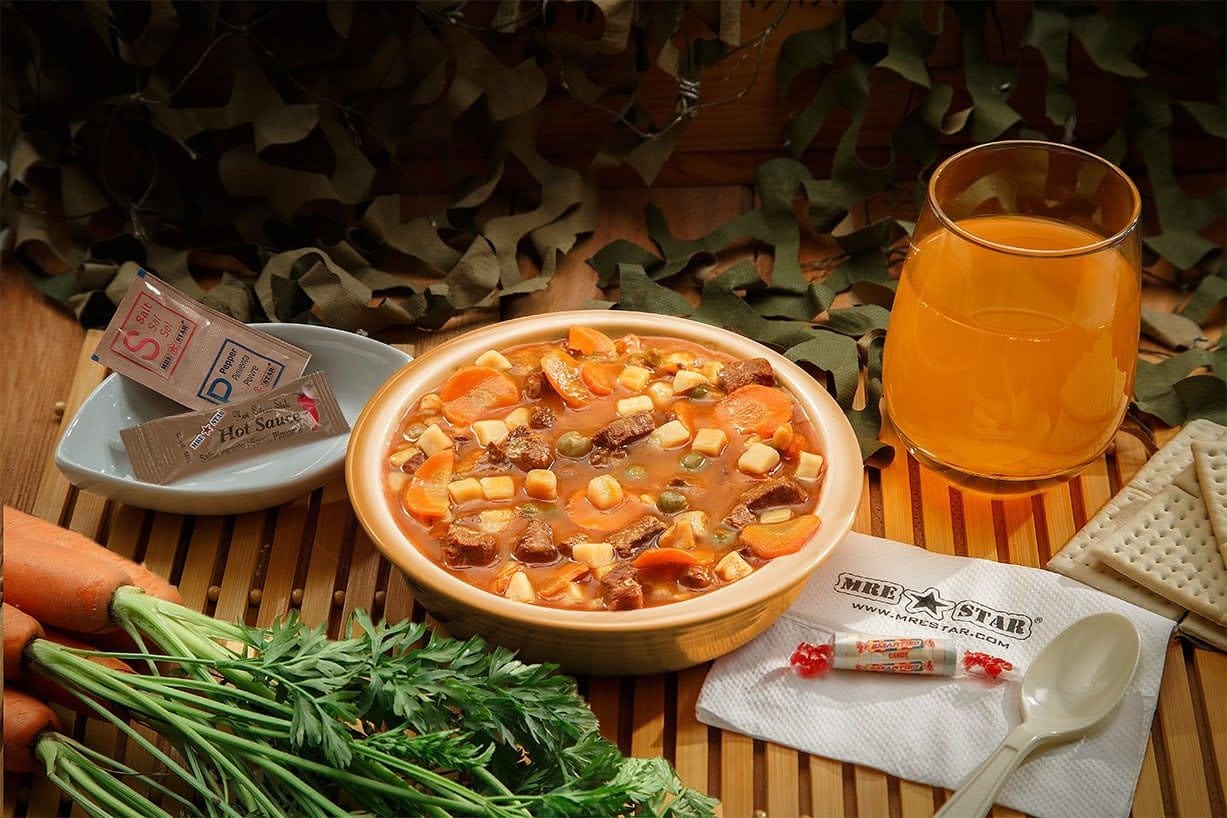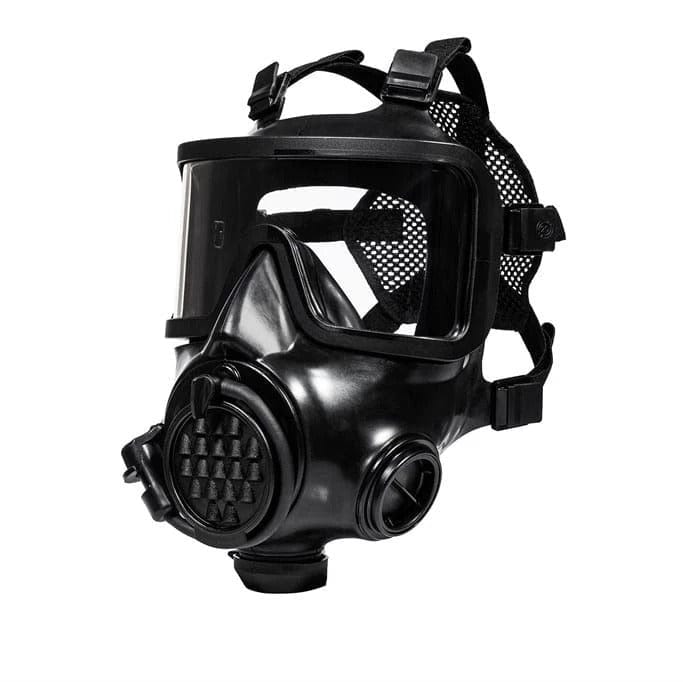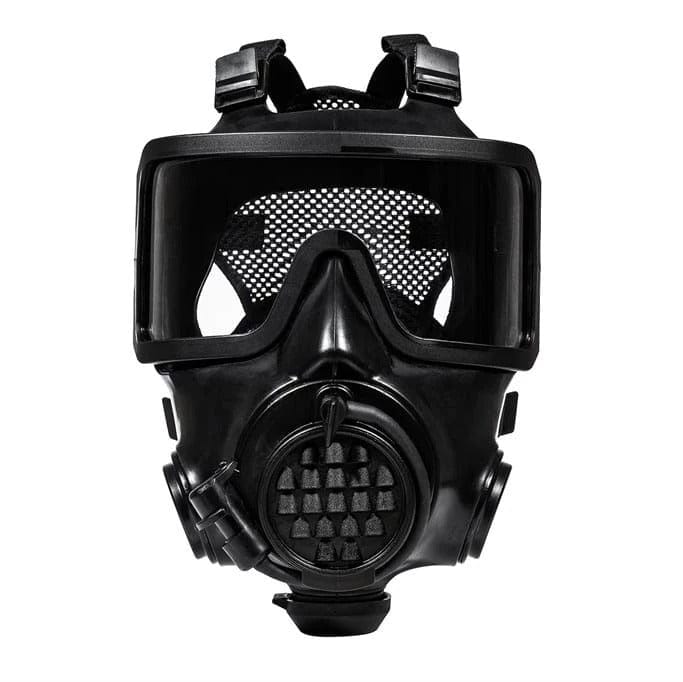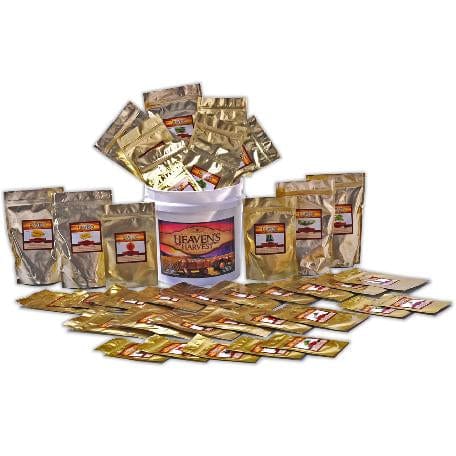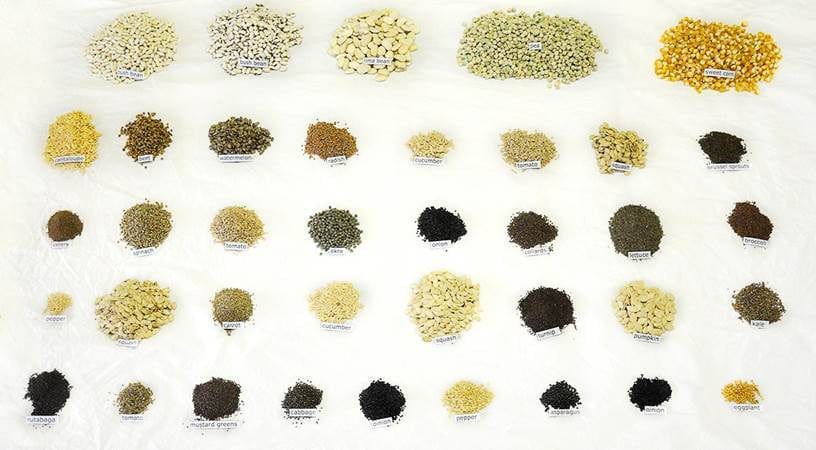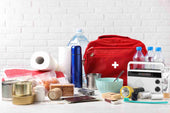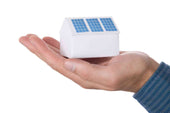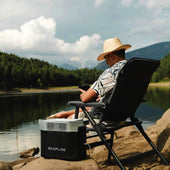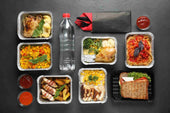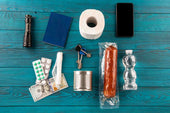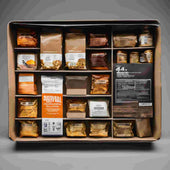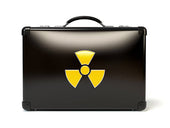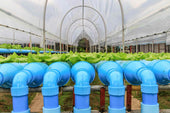Disasters of monumental scale could strike at any time. As daunting as this sounds, being unprepared could leave you in astonishment. Such situations can be identified as critical emergencies, necessitating the highest level of caution.
Imagine a hurricane erasing coastlines and causing havoc for miles or a super-typhoon upending the lives of those on an island, disrupting cities and communities alike.
Regardless of the disaster's magnitude or unexpected timing, our response should be prompt and well-considered. In emergencies, opt for food supplies that are either ready to eat or require minimal preparation.
Relying on a specific cooking method may not be feasible, especially in an emergency, when time is of the essence.
This article outlines the top choices for durable foods ideal for emergencies, categorized and detailed for easy reference.
While surviving without food for extended periods is conceivable, it's hardly desirable, especially when a crisis requires physical exertion.
Our list includes long-lasting and versatile foods, offering valuable insights into this selection.
When building your emergency food reserves, consider foods that don't need refrigeration and can be prepared with minimal energy. Aside from canned goods, most foods are meant for short-term storage. You'll want options that are nutritionally dense yet compact. Steer clear of snack foods, as their storage life is limited.
These selections are designed for longevity, allowing you to store them for extended periods. Check your inventory for freshness every six to twelve months, and always remember to have a can opener ready; it's essential for accessing your stored food.
Survival Food that Adds Flavor & Comfort
Most comfort foods have less to do with health and nutrition than they have to do with feeling good.
Indeed, you want to concentrate as much as possible on natural foods, preferably fresh, organic foods, for your family.
Comfort foods can provide a break from your regular diet and help you feel normal during a highly stressful time.
These four things can be stored for over ten years and are a great way to add some flavor to your cooking. If stored properly, they will last indefinitely.

- Salt
- Sugar – Brown or White
- Raw Honey
- Alcohol – Whiskey, Vodka, etc.…
List of Long-Lasting Survival Food
Here is a detailed list of various foods, ingredients, etc., which have years of shelf life, while some can be stored indefinitely and edible.
Canned Goods:
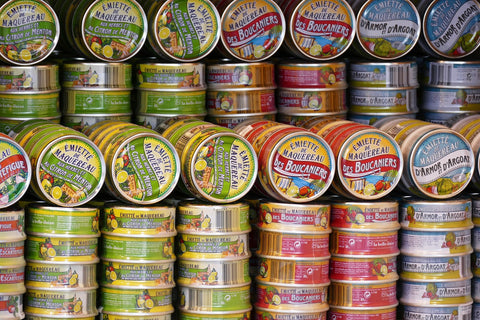
Canned meat will supply you with essential supplements and energy.
Canned food sources are additionally cooked and can be eaten right off the can or recently warmed, assuming they taste better.
Canned food sources are considered rack stable and don't need refrigeration until opened.
The period of usability, or how long they will last, is not entirely set in stone by techniques that assess the nature of the food.
Canned goods are available as follows:
Natural products: peaches, pears, mandarins, grapefruit
Vegetables: okra, asparagus, pumpkin, tomatoes
Grains: pasta, grain soup
Protein: fish, salmon, beans, chicken, lentils
Hard Grains:
Hard grains store longer because their hard outer shell protects the seed's germ. They have a shelf life of about 10 – 12 years if stored properly.
- Buckwheat
- Dry Corn
- Kamut
- Hard Red Wheat
- Soft White Wheat
- Millet
- Durum wheat
- Spelled
Soft grains:
Some grains have a soft outer shell that doesn't protect the inner seed. These Soft Grains can be stored for about eight years at 70 degrees F. If you can keep your food cooler, the storage time may be longer. The grain should be sealed without oxygen.
- Barley,
- Oat Groats,
- Quinoa
- Rye
Beans:
Beans, such as Kidney beans, black beans, garbanzo beans, lima beans, and pinto beans, are high in calories, contain a fair amount of protein per serving, and contain several essential vitamins and minerals. Sealed and kept from oxygen, these beans can last 8 – 10 years.

- Pinto Beans
- Kidney Beans
- Lentils
- Lima Beans
- Adzuki Beans
- Garbanzo Beans
- Mung Beans
- Black Turtle Beans
- Blackeye Beans
Flours and Mixes and Pasta:
These cooking ingredients are certainly nutrient-rich. This highly-fat-in protein can last for about 5 – 8 years.
- All-Purpose Flour
- White Flour
- Whole Wheat Flour
- Cornmeal
- Pasta
- White Rice ( up to 10 years)
Oils:
Coconut oil has one of the longest shelf lives of any oil. It can last over two years and is an excellent addition to your survival food supply list.
Rice:

This grain, a staple of any excellent crisis food capacity, can be cooked in various ways. One of the most famous ones is steaming, which should be possible on some random oven.
Uncooked rice has an extremely lengthy period of usability when appropriately put away. When fixed and put away accurately, white rice can endure as long as 2 years.
In any case, earthy-colored rice has a more limited realistic usability timeframe of about half a
Dried Fruits/Vegetables:
Dried fruits/vegetables come in nearly however many assortments as new organic products.
Yet, the commercial center's most well-known dried natural products are apricots, prunes, dates, figs, and raisins.
Nearby business sectors and well-being food stores give many more decisions, including papayas, mangoes, berries, pineapples, and dried apples.
Dried organic products are rich wellsprings of supplements, bioactive mixtures, and sugars.
Raisins and dates are the most calorie-rich natural products. Dried organic products are also excellent sources of sugars, including glucose and fructose.
Then again, one of the benefits of industrially freeze-dried vegetables is the variety and flavor maintenance. However, the weakness is the expense.
One benefit to the monetarily dried-out vegetable is the expense, yet the inconvenience is the flavor over the long run.
Dried products can last around 6 to a year. Thus, it is prudent to rotate them to ensure you don't end up with ruined leafy foods in an endurance circumstance.
Alcohol:
Alcohol can be utilized in multiple ways in an endurance circumstance. For example, a smaller liquor oven can be used as fuel.
Your liquor oven can heat water to make tea or espresso. Liquor is also a decent sanitizer that can be used to clean instruments and wounds.
You can involve liquor for preparing and food protection in endurance circumstances.
You can protect organic products in liquor to further develop a realistic usability timeframe. Vodka, bourbon, and rum are alcohols you can reserve for endurance circumstances.
An unopened container of liquor has an endless timeframe of realistic usability.
However, the timeframe of realistic usability will drop to 1 or 2 years after opening the jug. It will lose its flavor and variety.
Coffee, Espresso, and Tea:
When everything goes wrong, you will require something to help your energy levels promptly in the first part of the day.
Espresso and tea contain caffeine. This focal sensory system energizer successfully expands energy levels and battles weakness.
Espresso and tea likewise support the well-being of the heart and mind and can increase one's life span.
Whenever put away appropriately, an opened pack of moment espresso can have a timeframe of realistic usability of around 12 to a year and a half.
Tea, then again, has a typical timeframe of realistic usability of about 2 years.
Seeds:

Tomatoes, peppers, beans, and peas are great decisions for seed saving. They have self-pollinating blossoms and seeds that require next to zero extraordinary treatment before capacity.
Seeds from biennial yields, such as carrots or beets, are more enthusiastic to save since the plants need two developing seasons to set seed.
For example, pumpkin seeds are abundant in magnesium, a significant mineral that supports heart health, assists the body in making energy, and powers the muscles.
Eat them all year as a soup or salad clincher, with grain, or in a handcrafted trail blend.
To retain moisture in your seeds, use a silica-gel desiccant. Alternatively, you can utilize rice or powdered milk to assimilate moisture.
After putting your seeds into paper holders, stash them in an extra compartment, such as an ammunition canister, artisan container, or seed coordinator, for additional security.
IMPORTANT NOTE: DON'T FORGET WATER
Water isn't food, yet it is one of the main components of your survival pack. Without it, you can only go three days without food.
Thus, having a decent stockpile of water is critical. Water is a fundamental component.
Thus, it won't ever turn sour in its unadulterated state. Ensure the jugs are appropriately fixed and stored in a dry, cool, dim spot.
Store something like 1 gallon of water for every individual daily for 3 days for drinking and sterilization.
If possible, try to store a two-week supply. Consider storing more water than this for pregnant women, debilitated individuals, pets, or people living in a blistering environment.
You can store your crisis water supply in bottles you buy from a store or use your compartment.
If you buy monetarily filtered water, keep it in its unique compartment and don't open it until you need to use it.
Survival Foods That Are Great During Short-Term Disasters
The following items are great for short-term emergencies and will stay fresh for long.
During most disasters, you will want food that requires very little cooking or can be eaten without any preparation.
We recommend avoiding fresh ingredients and keeping all items in an airtight container to ensure the longest shelf life.
Check out the list below to see which survival foods are cut. Make sure some of your Stockpile includes these types of food.
Other good survival foods: 2 – 5 years of shelf life
- Peanut Butter
- Ramen Noodles – are not the most incredible food globally, but they are very cheap, so they made the survival food list.
- Hard Candy
- Powdered milk
- Dried herbs and spices
Items that can be used for more than cooking:
- Apple Cider Vinegar – Cleaning, cooking, and has antibiotic properties
- Baking Soda – Cleaning, cooking, etc.…
- Honey – Mentioned again for its antibiotic properties and wound healing.
Other Foods that you may include in your Stockpile

Cereal
Choose multigrain cereals that are individually packaged so they don't become stale after opening.
Granola bars and power bars
Healthy and filling, these portable snacks usually stay fresh for at least six months. They're also an excellent source of carbohydrates, which can provide more energy without requiring a lot of food.
Nuts and trail mixes
Stock up on these high-energy snacks—they're healthful and convenient. Look for vacuum-packed containers, which prevent the nuts from oxidizing and losing their freshness.
Dried fruits, such as apricots and raisins
Without fresh fruit, these healthy snacks offer potassium and dietary fiber. Dried fruits provide you with a significant amount of nutrients and calories.
Canned salmon, chicken, or turkey
Generally lasting at least two years in the pantry, canned meats provide essential protein. According to Diane Van, USDA meat and poultry hotline manager, vacuum-packed pouches have a shorter shelf life but will last at least six months.
Canned soups and chili
Soups and chili can be eaten straight out of the can and provide various nutrients. Look for low-sodium options.
How to Store Food
Unless you're a homesteader, long-term food storage may look different from what average homeowners are used to.
Stockpiling food can require planning and effort to guarantee that everything is accounted for and doesn't spoil.
Here, we'll explain how to accomplish this using two essential techniques.
Containers

The quality of your pantry and the material of its containers will make or break it. If your container allows air or moisture to enter, your food may unexpectedly spoil.
Mason jars are regarded as the ultimate tool for food preparation. Glass is a good pest and moisture barrier, so it is widely used for food canning and storage.
Proper food storage may also result in a poorly organized pantry. Wrap cookies, crackers, and other dry items in plastic bags and store them in an airtight container. Similarly, store loose grains, sugars, nuts, and fruits in tight containers to protect them from pests.
Two other popular container choices are 5-gallon buckets for bulk foods and Mylar bags that block out light, moisture, and oxygen (with oxygen absorbers). You should also have special water storage containers in your stockpile.
Labeling

Before storing your food, label it to prevent spoilage and forgotten items that could be dangerous in an emergency. Your food should be labeled with each item's purchase and expiration dates. Label the container with the food's name and the date it was canned if you are canning your food.
How Do You Know If You Have Enough?
We are curious to know if you can be sure you have enough.
'Enough' is a personal opinion based on your assessment of our risks. 'Enough' depends on how many people are in your family and how long you want your food storage to last.
Whenever you take an item from your pantry, one effective suggestion is to ask yourself, "Do I have enough of these?"
That simple question often prompts us to add an item to our store.
Another helpful trick is to browse the supermarket when you have extra time. You can walk up and down every aisle, looking at everything on sale.
Occasionally, you may come across an item and add it to your stock. The key is to think about it. That's the first step to taking action.
Consider your family's food preferences and dietary needs when planning your food supply. To support your family, it’s beneficial to maintain at least a two-week supply of these shelf-stable food items.
We never know when disasters or emergencies may strike, so why not be prudent and prepare for them before they affect our livelihood and well-being?
In Summary

This list seems rather extensive, but we can assume you will be stockpiling enough food to last you several months, if not a year.
While you can get by for short periods with much less, you'll need a well-balanced diet for a prolonged period.
You'll also need variety in your family's diet, which keeps everyone's morale up.
Before buying anything, take the time to figure out how much of each food type you'll need.
In other words, if your family uses a loaf of bread every two days, and your survival plan includes that much bread, how many of each ingredient do you need to make that much bread?
One system that works out very well for determining how much to buy is to develop a two-week menu for your family.
With that in hand, you can easily calculate the amount of each type of food you'll need to prepare everything for two weeks. Multiplying that number will give you an idea of how much food you need for your family.
Whatever you do, don't rush to buy a year's worth of food in one week. Take your time.
Start by building a two-week stockpile, then increase it to a month. Keep adding, a month at a time, until you reach the amount you need. Search for sales that can help you save money.

